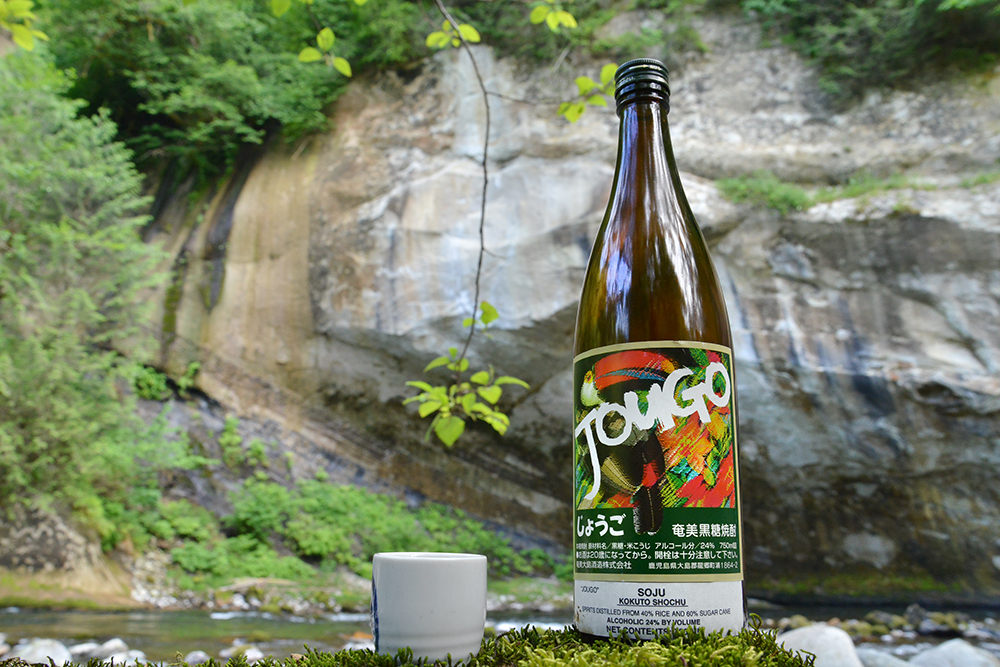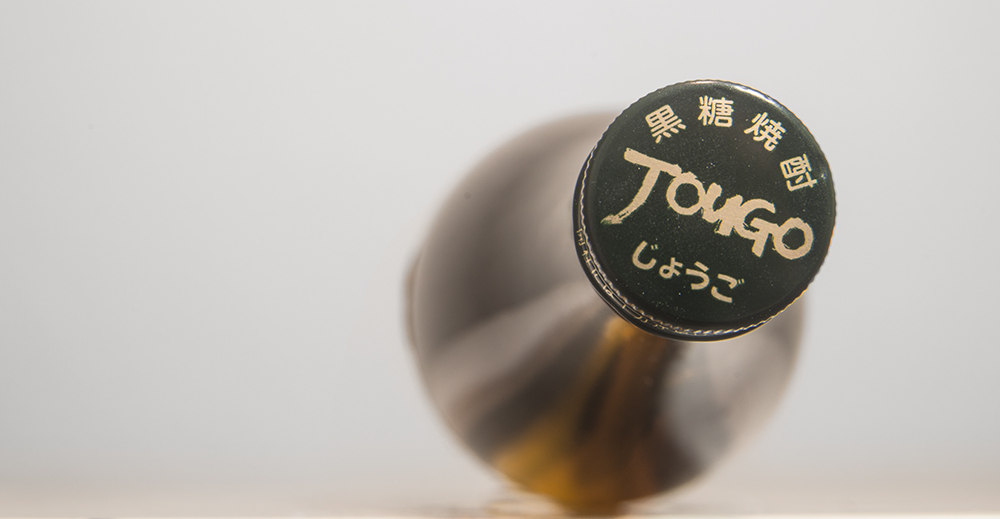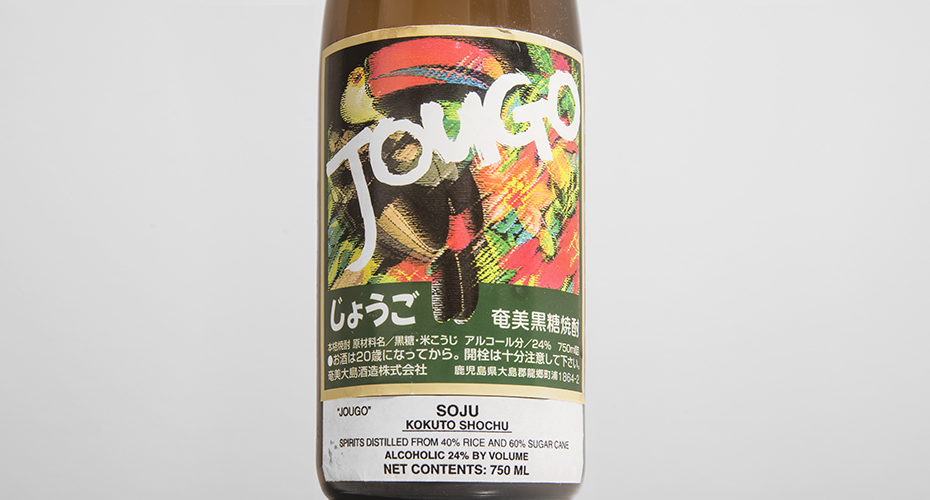Jougo is a famous black sugar shochu. And if you’re outside of Japan, it’s one of the only of its kind available.
This post explores this interesting shochu, what it tastes like, where you can find it, and more. If you’re into rum, shochu, or are a spirits nerd, I think you’ll like this brand.
What is Jougo?
Jougo is a shochu made with black sugar (kokuto) and rice. It’s from the Amami Islands of Kagoshima. And this is the only place in Japan where sugar is allowed as an ingredient during fermentation. Think of it like shochu’s answer to rum.
But unlike rum, Jougo is only distilled one time. In shochu-speak, this is called honkaku shochu. After distillation, Jougo is cut with water and bottled at 24% ABV.

Jougo Tasting Notes
Jougo is a clear spirit with no visible signs of age.
It’s slightly aromatic, and the nose has noticeable notes of lime zest and molasses. But there’s a lot going on underneath. Notes include gummy bears, banana, sudachi, green apple, cucumber, and fresh roses.
The palate is just as interesting. Jougo has a slightly sweet impression with a light body and a soft texture. Like many quality shochu, it has a savory flavor. And specific tasting notes include steamed rice, lemon-lime, and moss.
Overall, Jougo is light, drinkable, but fairly complex.
But it can be hard to find in the States.

Where to Find Jougo
If you don’t live in Japan, it may require effort to track down Jougo.
If you’re lucky, there’s a Japanese grocer nearby. Uwajimaya and Mitsuwa are perhaps the biggest. And they’re likely to stock this shochu. I’ve had good success at the Korean grocer H-Mart, as well.
It’s even harder to find Jougo in restaurants and bars in North America. Shochu simply hasn’t caught on yet. And lesser-known styles like Amami shochu are very rarely available.
If you do find a bar or restaurant with Jougo and/or a good shochu collection, please tell us about it below!
How to Drink Jougo
There a tons of ways to enjoy this lightweight spirit.
If you want to get traditional, then add a bit of hot water. This is called oyuwari, and it’s the shochu version of hot sake. Since Jougo has a low alcohol content, a shochu to hot water ratio ranging from 2:1 to 1:1 is my recommendation.
You can also add only a splash of water, and then warm up the mix. This makes a stronger, more flavorful drink. And it’s easier to control the temperature.
Neat, on the rocks, or with a splash of water are other ways to enjoy Jougo.
And it makes excellent cocktails too. But it’s not a direct substitute for rum.
Jougo Cocktails
Jougo comes from a semi-tropical place. And it’s sort of like rum. So it makes sense to use it in rum cocktails.
However, it has almost half as much alcohol. This makes it tricky to mix. You have to go lighter on the other ingredients, or they’ll overpower this spirit.
My favorite way to drink Jougo is with coconut milk. Just a splash will do. And add a splash of lime juice and simple syrup too. Hard shake everything with ice. And then strain it over ice in a rocks glass.
Jougo and Coke is excellent too. Build the drink over ice. Add just a splash of cola and a squeeze of lime juice.
But you can also get more complex too. A Jougo mojito can be amazing. And it also makes a mean yuzu daiquiri.
Similar Shochu
There are a couple of other Amami shochu available in the US. If you can’t find Jougo, these are good options.
Lento is a similar-tasting shochu made by the same distillery. It’s slightly lighter than Jougo and has a very fruity nature.
Nankai is another black sugar shochu to look out for. It’s a new brand but has a great reputation.
Conclusion
Good shochu is hard to find outside of Japan. And if you’re looking for kokuto shochu and/or Jougo, it won’t be easy.
Shochu will break out into the mainstream. Until then, it’s our secret.
I’d love it if you shared your thoughts on shochu or Jougo below.
